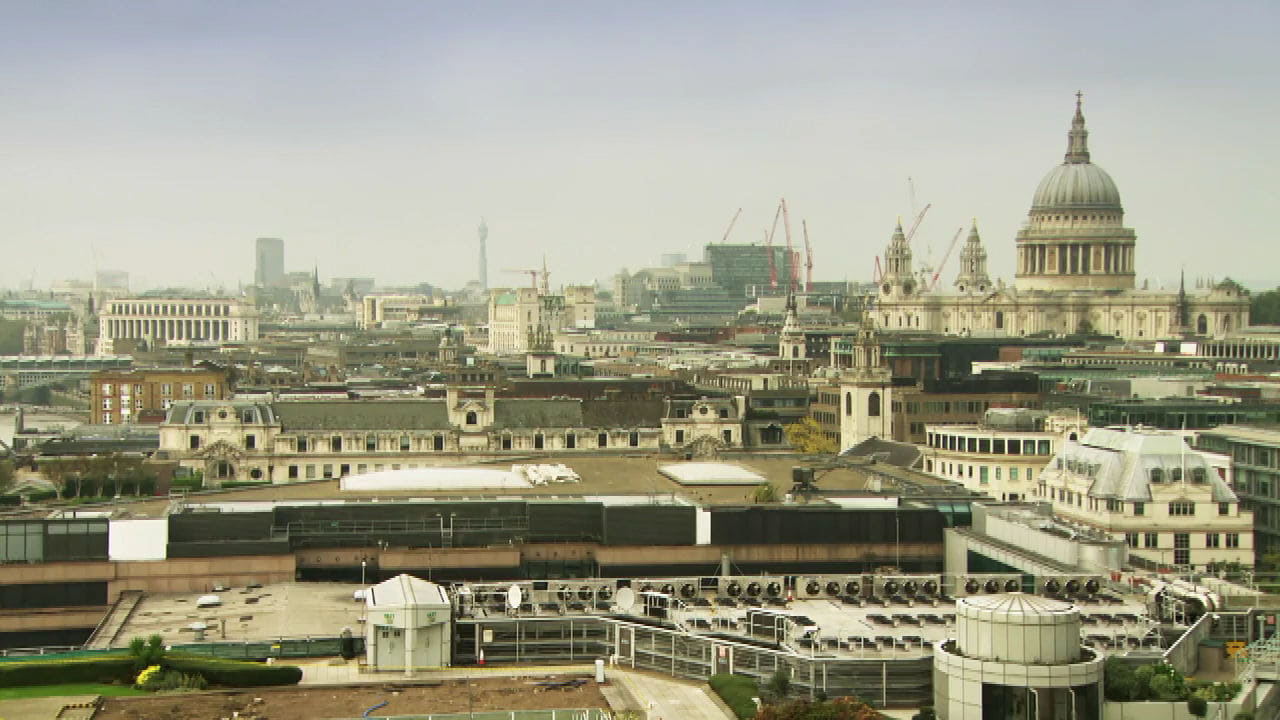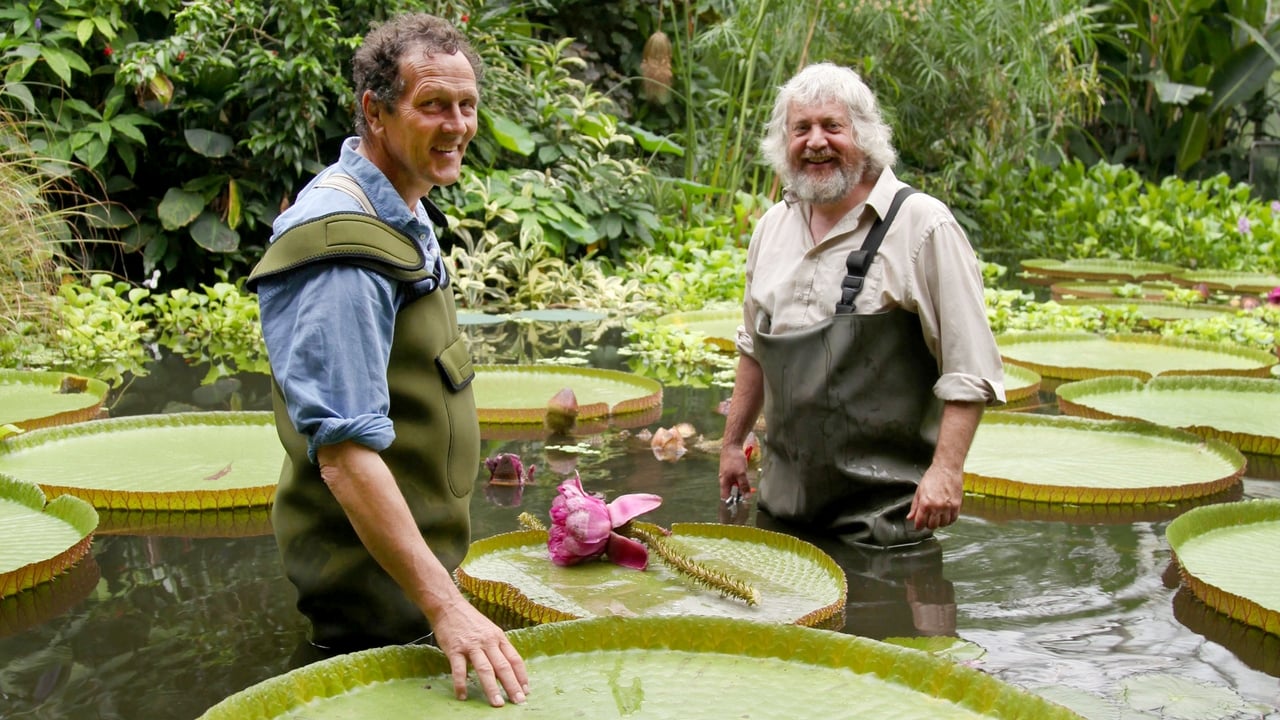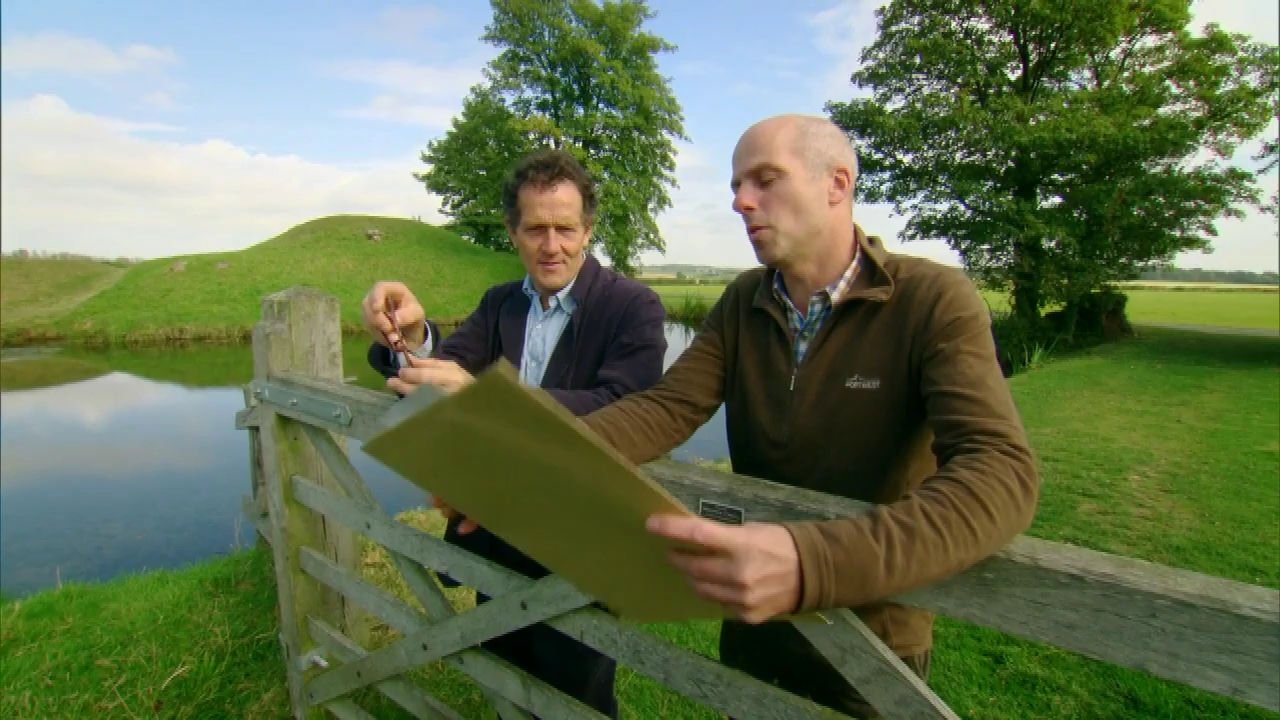«- Back
Where to watch "The Secret History of the British Garden"

4. The 20th Century
2015 - Season 1
The concluding fourth episode, now in the 20th century, sees Monty examining the profound effect that two world wars had on attitudes to gardening. Today gardening is one of Britain’s most popular pastimes, and the horticultural industry is worth over nine billion pounds annually . Monty reveals the pioneers who led this gardening revolution.

3. The 19th Century
2015 - Season 1
In the third installment, Monty focuses on the 19th century. The expanding empire, scientific and technological innovation, and social change are reflected in Britain’s more exotic, colourful and accessible gardens. Monty visits royal retreats, including Osborne House; the very first publicly owned, urban recreational park, Derby Arboretum; as well as Kew Gardens and Edinburgh’s botanic gardens.

2. The 18th Century
2015 - Season 1
On his journey through four hundred years of Britain's garden history, Monty Don arrives in the 18th century, an age that gave rise to the landscape garden, created on a scale that had never been seen before. Using Lancelot 'Capability' Brown's first commission - Croome Court in Worcestershire - as his base, Monty sets out to investigate what inspired and influenced this gardening revolution. Along the way, he visits the landscape garden of Rousham, designed by the maverick William Kent, and Stanage Park, designed by the marketing genius Humphrey Repton. Monty discovers how these great landscapes were created, from revealing the Georgian clay recipe that revolutionised garden sculpture to discovering the secrets of mowing with a scythe. He also sees how the present Duke of Devonshire is cutting down trees to restore his park to its 18th-century design.

1. The 17th Century
2015 - Season 1
Monty Don uncovers the extraordinary stories behind Britain's 17th-century gardens. Starting his journey at the sole surviving garden of the 1600s - Levens Hall in Cumbria - Monty sets out to investigate what the gardens of this age would have looked like and what influenced and inspired their creation. Along the way, he sees a long-lost garden that - through archaeology and a German Luftwaffe photograph taken in the 1940s - reveals the hidden messages and religious beliefs of our 17th-century forebears. And Monty heads to Hampton Court, where politics, civil war and religious conflict played a key role in the evolving designs and fashions, including tastes in food, of the nation's finest gardens.
 Acorn TV
Acorn TV
























